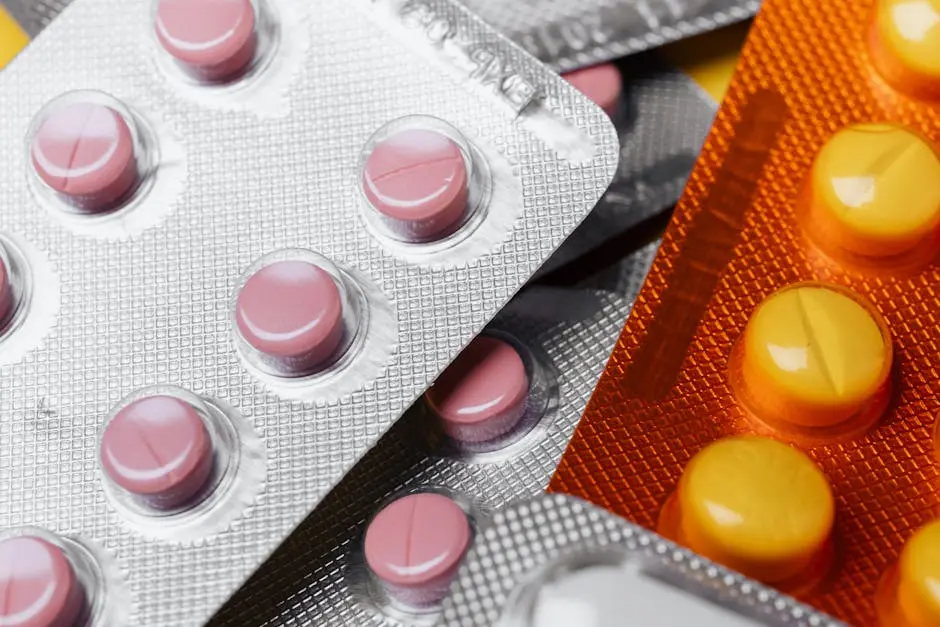Our Blog
12 Treatment Options for Bile Duct Swelling
May 17, 2025
Bile duct swelling can be quite uncomfortable and worrisome. Fortunately, there are various treatment options available that can help alleviate the symptoms and address the underlying issues. In this article, we’ll explore twelve effective treatments that can empower you with the knowledge to take proactive steps toward managing bile duct swelling. Let’s dive in!
1. Understanding Bile Duct Swelling
Bile duct swelling often results from various factors, including blockages, infections, or inflammation. It’s important to understand the causes before exploring treatment options.
Having knowledge about the underlying issues can empower you to make informed decisions about your health. For instance, knowing whether your bile duct swelling stems from a gallstone or an infection can significantly impact the treatment path decided upon.
Furthermore, recognizing that bile duct swelling can lead to more serious complications, such as pancreatitis, emphasizes the importance of addressing these concerns promptly. A proactive approach can help prevent escalation and ensure better outcomes.
2. Lifestyle Modifications
Making simple lifestyle changes can have a significant impact on reducing bile duct swelling. For instance, a balanced diet rich in fruits, vegetables, and whole grains can promote overall digestive health.
In addition to diet, maintaining a healthy weight is crucial. Excess weight can put additional pressure on your bile ducts, exacerbating swelling and discomfort. Regular exercise not only helps with weight management but also boosts your overall well-being.
Moreover, managing stress through activities like yoga or meditation can contribute to improved digestive health. Stress can negatively affect your body, making it harder to cope with existing conditions, including bile duct swelling.
3. Medications for Inflammation
Non-steroidal anti-inflammatory drugs (NSAIDs) and corticosteroids can help reduce inflammation and relieve discomfort associated with bile duct swelling. These medications work by targeting the body’s inflammatory response, providing much-needed relief.
It’s essential to discuss with your physician the appropriate medication regimen. Everyone’s situation is different, and understanding the right dosage and duration can optimize benefits while minimizing potential side effects.
4. UrsoDeoxycholic Acid
UrsoDeoxycholic acid is a medication that can help dissolve certain types of gallstones and improve bile flow, potentially alleviating swelling. This treatment option is particularly beneficial for patients with cholesterol gallstones.
By promoting bile salt production, UrsoDeoxycholic acid helps to maintain the bile duct’s natural function. Understanding how this medication works can be reassuring, as it provides a non-invasive option for managing bile duct swelling.
5. Endoscopic Dilation
This procedure involves stretching narrowed bile ducts using a balloon, which can provide immediate relief from swelling. Patients often find this approach to be less invasive than traditional surgery, allowing for a quicker recovery.
Endoscopic dilation can be particularly effective for individuals with strictures caused by scarring or previous surgeries. With improvements in technology, the success rate of this procedure continues to rise, offering hope to many who suffer from bile duct swelling.
6. Stenting Techniques
Inserting a stent can help keep bile ducts open, enhancing bile flow and relieving pressure that contributes to swelling. This procedure is often performed during an endoscopic procedure, making it a minimally invasive option.
Stenting not only alleviates immediate symptoms but can also improve long-term outcomes for patients. Follow-up care is crucial, as stents may need to be replaced or removed over time, depending on individual circumstances.
7. Surgery for Blockages
For more severe cases, surgical intervention may be necessary to remove blockages and restore normal function in the bile ducts. This option is typically considered when less invasive treatments fail to provide relief.
While surgery may sound daunting, advancements in techniques have made these procedures safer and more effective than ever. Working closely with your surgical team can help ease your concerns and ensure a successful outcome.
8. Antibiotics for Infections
If bile duct swelling is due to an infection, antibiotics may be prescribed to help eliminate the underlying cause. Targeting the infection can often lead to a rapid decrease in swelling and relief from discomfort.
It’s crucial to complete the full course of antibiotics, even if you start feeling better. Doing so helps prevent the development of antibiotic resistance and ensures a full recovery.
9. Nutritional Support
Working with a dietitian can help you establish a nutrition plan that supports liver and bile duct health. Personalized dietary recommendations can lead to better management of bile duct swelling and promote overall well-being.
By including foods rich in omega-3 fatty acids, such as fish and flaxseeds, and avoiding processed foods, you can significantly enhance your body’s ability to heal. Nutrition plays a crucial role in recovery, making this step a vital component.
10. Cholestyramine for Itching Relief
Cholestyramine can manage itchiness caused by bile acid buildup, improving overall comfort. For many, this side effect can be just as distressing as the swelling itself.
Using this medication can provide much-needed relief, as it binds to bile acids, preventing their reabsorption and reducing the associated itching. Always discuss the use of such medications with your healthcare provider to ensure it’s the right fit for your needs.
11. Regular Monitoring and Follow-Ups
Staying in close contact with your healthcare provider ensures that any changes in your condition are addressed promptly. Regular follow-ups can help track the effectiveness of treatments and adjust them as necessary.
This vigilance can make a significant difference in your health journey. Open communication with your provider allows you to voice concerns, share successes, and ultimately take control of your health.
12. Alternative Therapies
Exploring complementary therapies such as acupuncture or herbal treatments could provide additional relief, but should always be discussed with a doctor. Many individuals find that these approaches enhance their overall treatment experience.
While alternative therapies can be beneficial, it’s important to remain cautious. Integrating these approaches should be done carefully, monitoring their effects on your body and discussing any changes with your healthcare provider.
